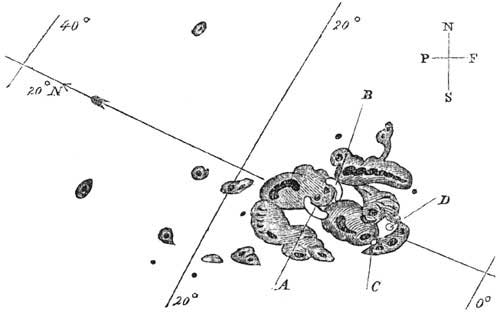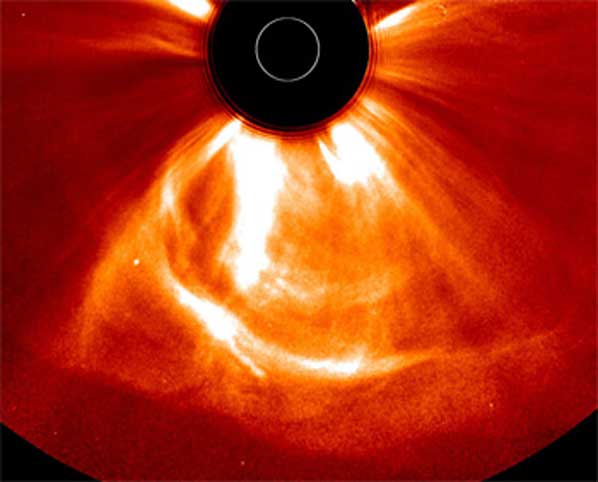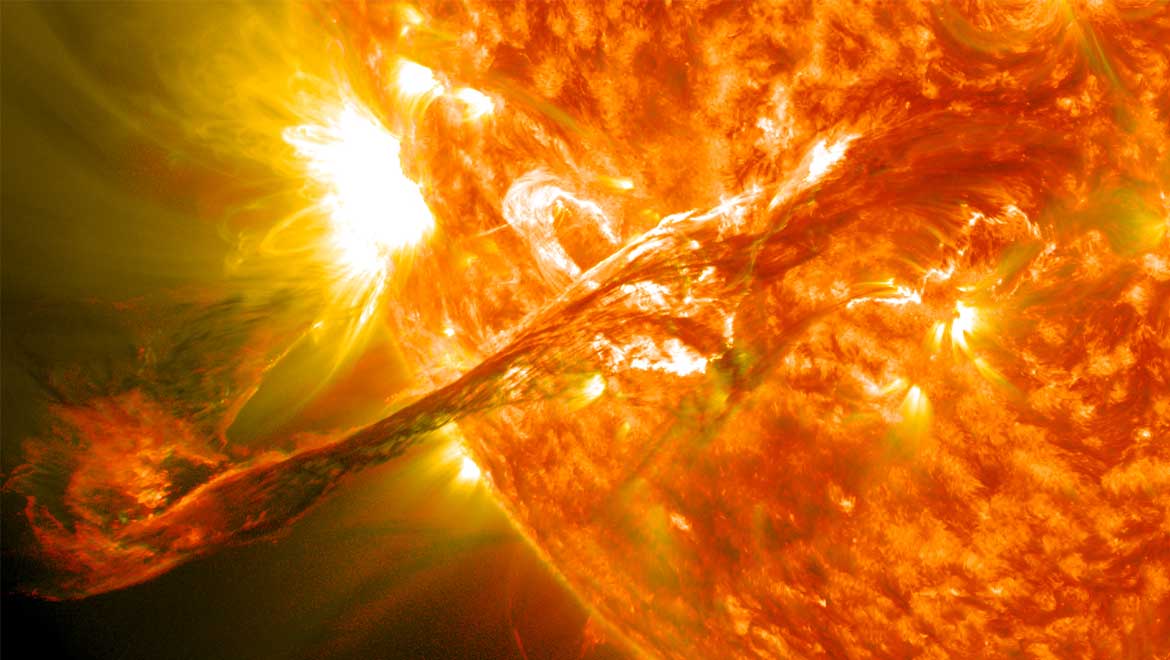A solar flare hitting Earth and wiping out electricity grids and satellite communications might sound like something from a science fiction movie, but it’s happened before and scientists predict it could well happen again. A new study suggests that the likelihood is that the Earth will be hit by a serious solar flare within the next 100 years.
The study, titled ‘Risks for Life on Habitable Planets from Superflares of Their Host Stars’ was published in The Astrophysical Journal on October 10. Within it, authors Manasvi Lingam and Abraham Loeb discuss the consequences of previous superflares on both Earth and other planets within our solar system.
The Carrington Event
In their most serious form, superflares can cause mass extinction events, with patterns in the fossil record suggesting that this could well be the case here on Earth. On the plus side, weaker solar flares can actually aid the formation of certain key organic compounds and therefore potentially enable the origin of life on planets which previously did not possess the necessary building blocks for this to form.

Sunspots of September 1, 1859, as sketched by Richard Carrington. (Public Domain)
In 1859, the Earth was hit by the outfall of a powerful geomagnetic solar storm, also known as the Carrington Event. This caused auroras around the world, visible even from the Caribbean and Sub-Saharan Africa. Telegraph systems failed, with operators receiving electric shocks whilst others were able to send messages despite disconnecting their systems from the grid. The flare was linked to a huge coronal mass ejection (CME) which travelled directly towards Earth.
Potential damage
Researchers at Lloyds of London and Atmospheric and Environmental Research (AER) in the US estimated that if a similar sized solar flare as the Carrington Event was to hit Earth now, the current cost of repair in the US alone would stand at $0.6 – 2.6 trillion. Of the Carrington Event, Abraham Loeb, author of this latest study, said when speaking to The New Scientist:
“Back then, there was not very much technology so the damage was not very significant, but if it happened in the modern world, the damage could be trillions of dollars. A flare like that today could shut down all the power grids, all the computers, all the cooling systems on nuclear reactors. A lot of things could go bad.”
In 2012 there was a similar sized solar storm, which luckily passed by the Earth without causing damage. This was because as the sun rotates around its own axis, the flare was not pointing directly at the Earth at the time of the outburst.

The coronal mass ejection, as photographed by STEREO. (Public Domain)
So, solar superflares certainly do possess the ability to cause huge damage here on Earth, something which Loeb and Lingam suggest is perhaps not being taken as seriously as potential asteroid impacts. The authors do suggest one possible way to protect the Earth – namely a huge loop of wire placed between us and the Sun, acting as a magnetic shield and deflecting any solar flare away from us. Unfortunately, they go on to add that this could easily cost upwards of $100 billion to achieve.
As Loeb says of these events: “The sun is usually thought of as a friend and the source of life, but it could also be the opposite. It just depends on the circumstances.”
Top image: Solar flare. (CC BY 2.0)







No comment